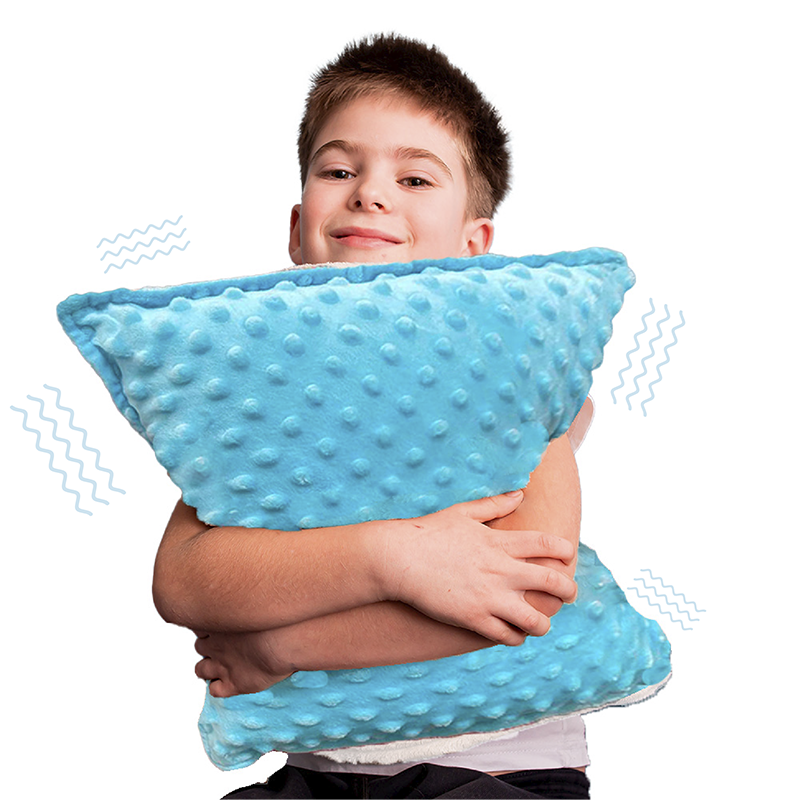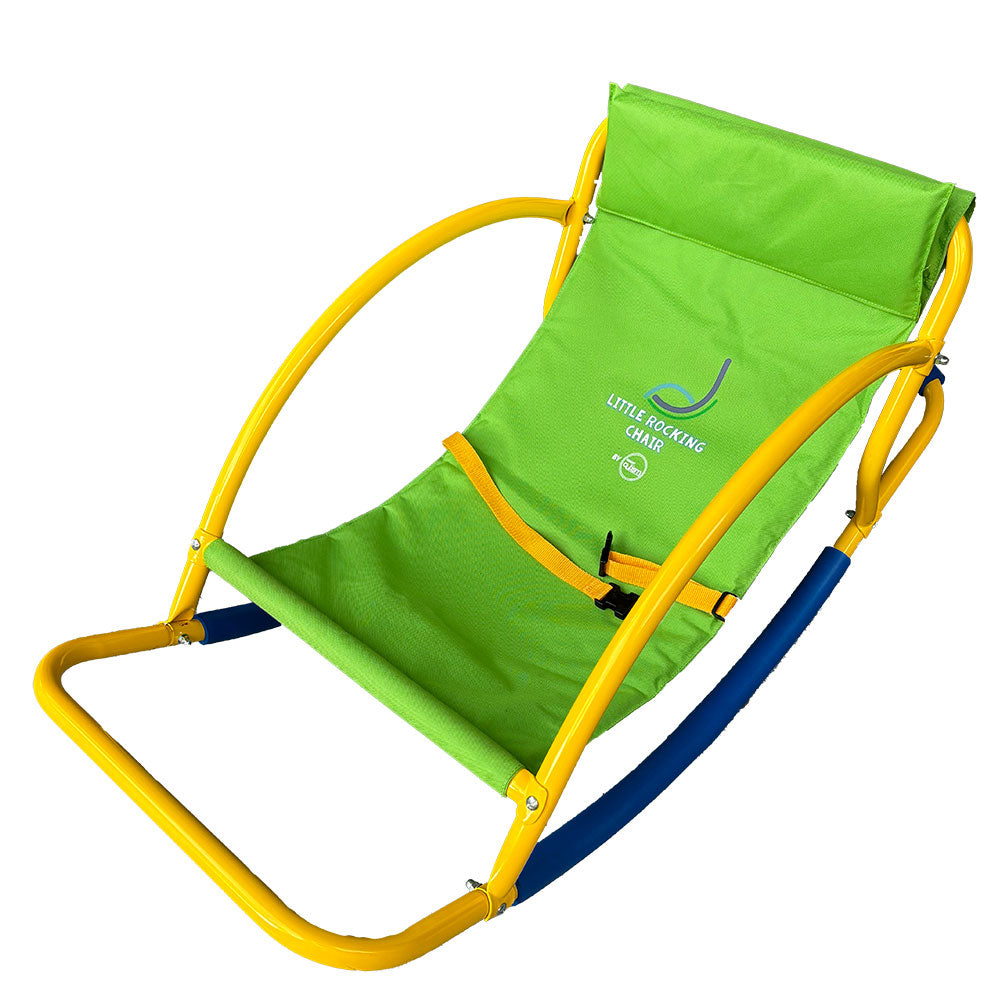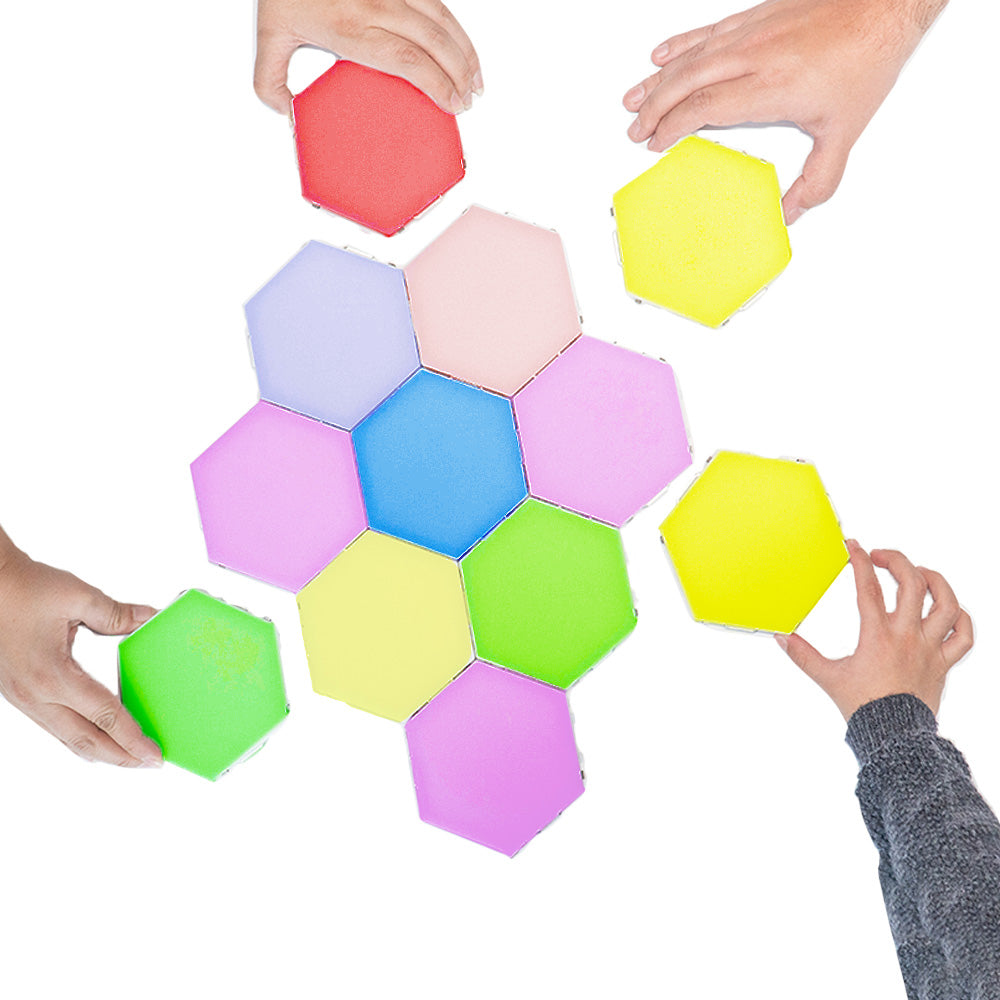
Fine motor skills are crucial for daily activities like writing, drawing, and buttoning a shirt. For children with autism spectrum disorder (ASD), developing these skills can be a bit more challenging. However, with the right tools and support, children under the spectrum can improve their fine motor skills and gain more independence. Pencil grips are one such tool that can make a significant difference in a child's journey toward fine motor skill development. In this blog post, we'll explore the importance of fine motor skills in children, how pencil grips can help, and how parents and caregivers can utilize these grips, among other tools, to support their child's development.
Fine Motor Skills in Children with Autism
Fine motor skills involve the coordination of small muscles in the hands and fingers and are essential for tasks like writing, drawing, cutting with scissors, and even self-care activities such as dressing and feeding. Children with autism often face challenges in developing these skills due to difficulties with sensory processing, motor planning, and coordination. This can lead to frustration and hinder their ability to participate in various activities.

The Importance of Developing Fine Motor Skills
Enhancing fine motor skills is essential for several reasons:
- Academic Success: Improved fine motor skills enable children to better engage in classroom activities such as writing, coloring, and using scissors, which are fundamental to academic success.
- Independence: As children gain fine motor skills, they become more self-sufficient in daily tasks, boosting their self-esteem and independence.
- Social Interaction: Fine motor activities like drawing or playing with small toys can also promote social interaction, as children can participate in peer activities more readily.
- Emotional Regulation: Engaging in fine motor tasks can help children with autism regulate their emotions and reduce anxiety, providing a calming effect.
Pencil Grips: A Valuable Tool
Pencil grips are simple but effective tools designed to enhance pencil control and promote proper finger placement during writing or drawing activities. These grips come in various shapes, sizes, and materials to accommodate different needs and preferences. Here's how pencil grips can benefit children with autism:
- Improved Handwriting: Pencil grips help children hold a pencil or crayon correctly, allowing for better control and more legible handwriting.
- Reduced Fatigue: Children with autism often exert extra effort when holding writing instruments. Pencil grips reduce hand fatigue by promoting a relaxed and efficient grip.
- Sensory Support: Some pencil grips offer sensory feedback, which can be comforting and calming for children with sensory sensitivities commonly associated with autism.
- Enhanced Concentration: When fine motor skills are less challenging, children can focus more on the task at hand, leading to improved attention and engagement.

Utilizing Pencil Grips and Other Tools
Parents and caregivers can support children under the spectrum in developing fine motor skills by incorporating pencil grips and other tools into their daily routines. Here are some strategies:
- Consult with an Occupational Therapist: Seek guidance from an occupational therapist who can assess your child's specific needs and recommend appropriate tools, including pencil grips.
- Practice Regularly: Set aside time for fine motor skill practice. Engaging in arts and crafts activities or playing with building blocks can be enjoyable ways to hone these skills.
- Offer Choices: Allow your child to choose their preferred pencil grip, ensuring they feel comfortable and motivated to use it.
- Be Patient and Encouraging: Celebrate small achievements and provide positive reinforcement to boost your child's confidence.
- Create a Sensory-Friendly Environment: Ensure the environment is comfortable for your child, with sensory-friendly tools and lighting.
Fine motor skill development is a crucial aspect of a child's growth and independence. For children with autism, the journey to improved fine motor skills may require extra support and the use of tools like pencil grips. By embracing these tools and incorporating them into daily activities, parents and caregivers can empower children with autism to overcome challenges and thrive in various aspects of their lives, ultimately promoting their overall well-being and confidence.












3 comments
Are this goog for lefty to?
can we get these grib training pencil here in New Zealand
do you have any pictures of a left handed person using these. ARe they good for lefthanded people too
Leave a comment